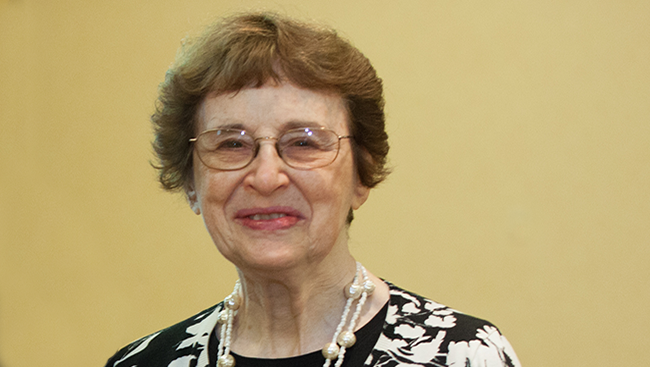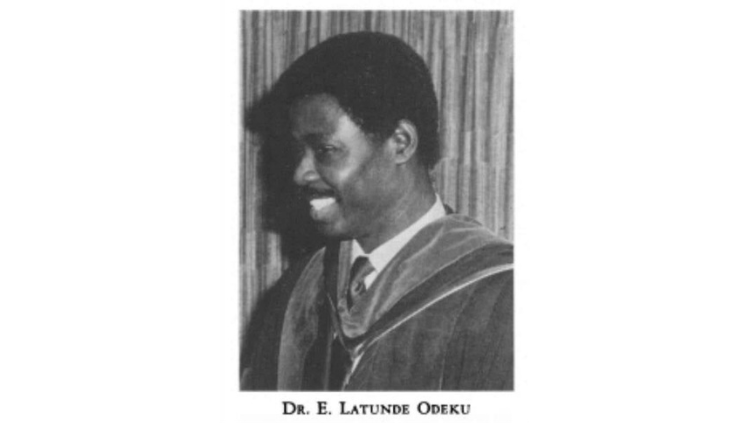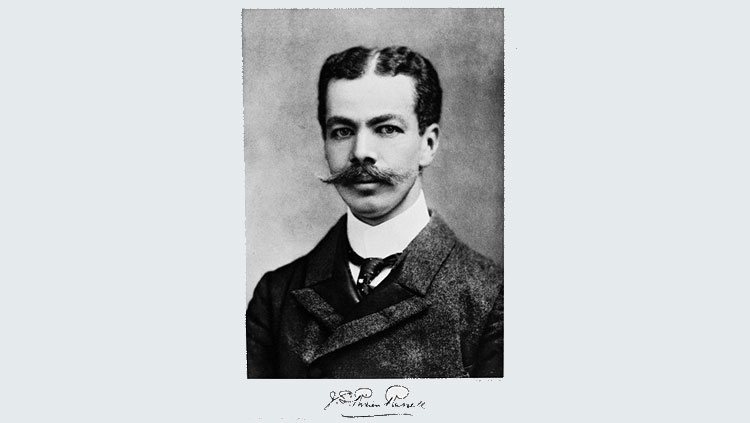Bernice Grafstein: Advancing the Field and the Next Generation
- Published25 Jun 2015
- Reviewed24 Jun 2015
- Author Alexis Wnuk
- Source BrainFacts/SfN
During her second year of graduate school in 1952, Bernice Grafstein protested when she was offered a smaller stipend than a male classmate. She was told that he had a higher cost of living because he had to foot the bill when he took girls out on dates. After pointing out that she also incurred expenses from dating — like the cost of nylon stockings and trips to the hair salon — her chairman relented and gave her the higher stipend.

This was one of the few occasions where Grafstein felt that she had to stand up against unfair discrimination. She went on to make important contributions to the field of neuroscience, and in 1985, she became the first woman to become president of the Society for Neuroscience.
What was it like to be a female graduate student at a time when very few women were pursuing careers in scientific research?
There were a number of women in my college class in physiology and biochemistry. We weren’t very numerous, but we didn’t feel out of place. Nevertheless it was not a time where the role of women in science was taken for granted. I can remember an occasion as a junior faculty member when a very distinguished scientist was visiting from England. I was asked if I would mind if I wasn’t invited to the departmental lunch with him because if I came, the whole group would have to eat in the ladies’ dining room at the faculty club. The ladies’ dining room, the only place in the faculty club where women were allowed, was so unattractive that you didn’t want to bring your special guests there. So I was uninvited. But what really upset me was that when I complained to one of the senior faculty members, he couldn’t understand why I was so angry.
Honestly, at that time I was not interested in carrying the flag for women. I was interested in being able to do what I was doing. The notion that there could be certain lines drawn and people were surprised if you protested against it, I think says a lot about those times. What I did have, and I think this is very important, was great visibility because I was one of the few women in the field of neuroscience. Attention was paid to me because I was a woman, because I was so anomalous in that situation.
Your PhD thesis on cortical spreading depression received a lot of attention, and it’s probably the work you’re best known for. Can you explain what cortical spreading depression is and what you found?
Cortical spreading depression is a curious phenomenon produced by injury to the brain or by very strong stimulation. For instance, if you put some potassium chloride on the cerebral cortex, it starts by stimulating the nerve cells but then passes over to a profound decrease in activity. In fact, it produces a complete abolition of activity that spreads throughout the cortex very slowly, at the rate of a few millimeters a minute. When I worked on it with my mentor, Benedict Delisle Burns, the idea that we came up with was that this is due to the spread of the ion potassium, which leaks out of nerve cells when they’re active. The idea was that, when there was very strong activity, a lot of potassium leaked out, which first excited and then depressed adjacent nerve cells. This was the first explicit mechanism proposed to explain spreading depression. It has frequently been attacked, but never refuted. However, it is now clear that it is but one of a number of mechanisms acting in concert to produce the complex phenomenology of spreading depression, involving not only nerve cells, but also astrocytes, blood vessels and possibly even microglial immune cells.
How does cortical spreading depression relate to neurological disorders like migraines?
There was an observation long ago by Karl Lashley about the development of the migraine aura. The aura is only part of a full-on migraine attack, which often involves a terrible headache, usually on one side of the head. You can have the migraine headache with or without the aura, or you can have the aura with or without a headache. The aura consists of strange, scintillating lights that move through your field of vision and at the same time block out the vision in the center of the field. Lashley measured the rate of movement of the flashing lights and compared that to the rate that activity must be moving over the cerebral cortex in order to give rise to this phenomenon. Cortical spreading depression is now known to be the basis for the aura, and may be a triggering factor for the headache.
There’s now great interest in spreading depression accompanying and increasing the severity of injuries to the brain. One of the things that can happen in brain injury is that the site of injury may become the point of initiation of multiple spreading depressions. And it’s been shown that spreading depression can increase the extent of the injury over days. In addition, there’s almost certainly spreading depression associated with concussions, and it might be the basis for the loss of consciousness. Our understanding of spreading depression has very widespread medical implications, including for stroke, brain hemorrhage, and epilepsy, as well as brain trauma.
My prominence in the field of spreading depression rests almost entirely on the work that I did for my PhD thesis. I have not done any laboratory research on it since then. I like to think that my scientific reputation also reflects the significance of my subsequent work on axonal transport and nerve regeneration.
The Bernice Grafstein Award for Outstanding Accomplishments in Mentoring recognizes individuals who are dedicated to women’s advancement in neuroscience. What do you hope to accomplish by supporting this award?
I think the title of the award just says it all. I think that mentoring of women in particular has a very real role at the present time. But I don’t necessarily support it on the basis of my own experience. I’m not saying that I was badly treated so therefore I’m going to make sure other women don’t have to put up with that. In my own career I had such great visibility that, while it didn’t balance out the discrimination, it certainly provided a different kind of opportunity for me at that time. I don’t think that women in science have that same visibility today because of their greater numbers. Mentoring helps to give them the support that they need for advancement.
CONTENT PROVIDED BY
BrainFacts/SfN
Also In Meet the Researcher
Trending
Popular articles on BrainFacts.org



















